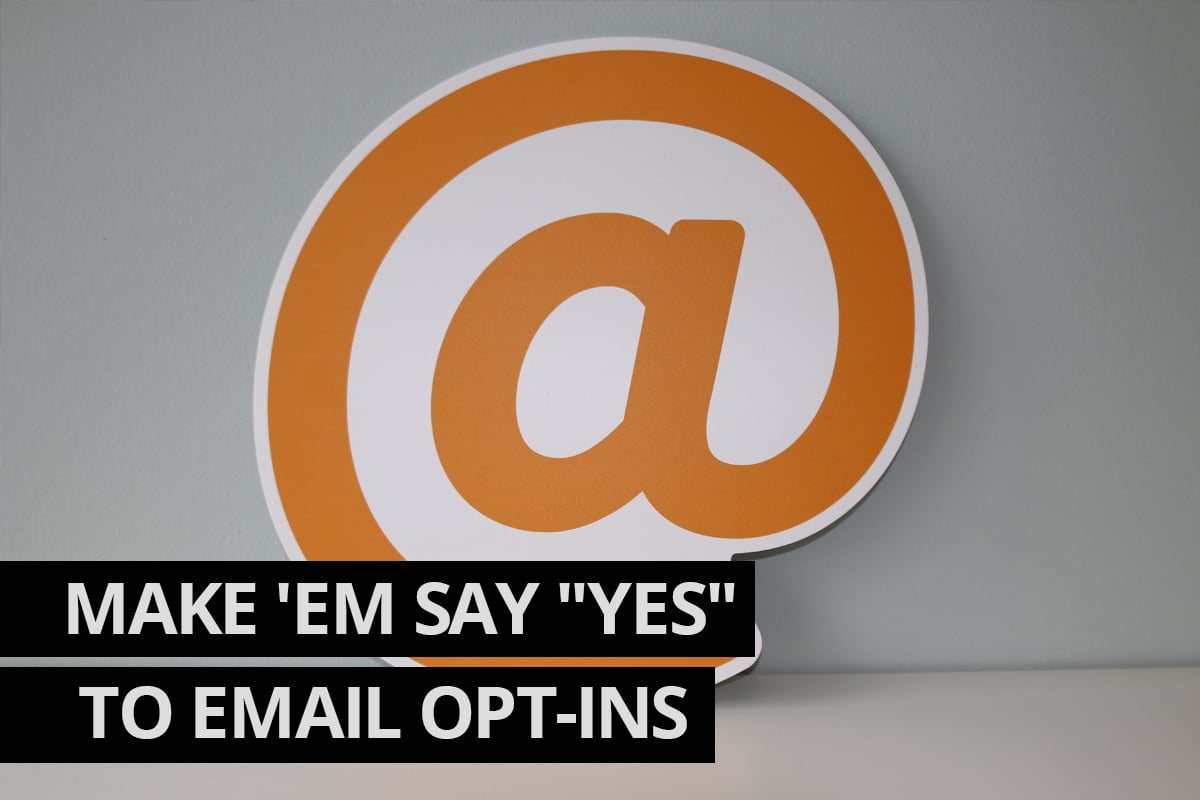It’s no mystery. The more comfortable you make it for people to respond to your offer, the more likely they will. This is one reason that the combination of direct mail and email marketing is so powerful. It provides more opportunities for the recipient to say “yes.” But unlike direct mail, email requires the recipient to opt-in. So how do you get people with inboxes already full of marketing communications to opt into one more — yours?
Here is a checklist from MarketingSherpa on ways you can reduce the barriers to email opt-in and make it easy for your target audience to say “yes.”
- Don’t over-do it. When asking people to opt-in, limit the amount of information required. More questions mean more data, and more data means better targeting, but there is a trade-off. The more questions you ask, the more risk that people will bail.
- Eliminate unnecessary form fields. If you do not need it, ditch it.
- Focus on fields that increase list quality. For example, if you are a landscaper, the presence of children in the home is less significant than how much sun or shade the yard receives.
- Make less essential fields optional. Let respondents skip some if they desire.
- Don’t try to gather all of the information at once. Gather the most critical information up front. Then use a drip campaign to collect more data over time.
- Make the form as short and easy to read as possible.
- Remove fields that might cause anxiety. For example, asking for a phone number can be a big turn-off. If people think opting in will result in getting unwanted marketing calls, they are less likely to do it.
Following this simple checklist will make it as easy as possible for people to say “yes” to your email opt-in invitations. Once you start building your email list, you can crank up your multichannel marketing plans.
Photo by Onlineprinters on Unsplash

Share This Article
Choose Your Platform: Facebook Twitter Google Plus Linkedin